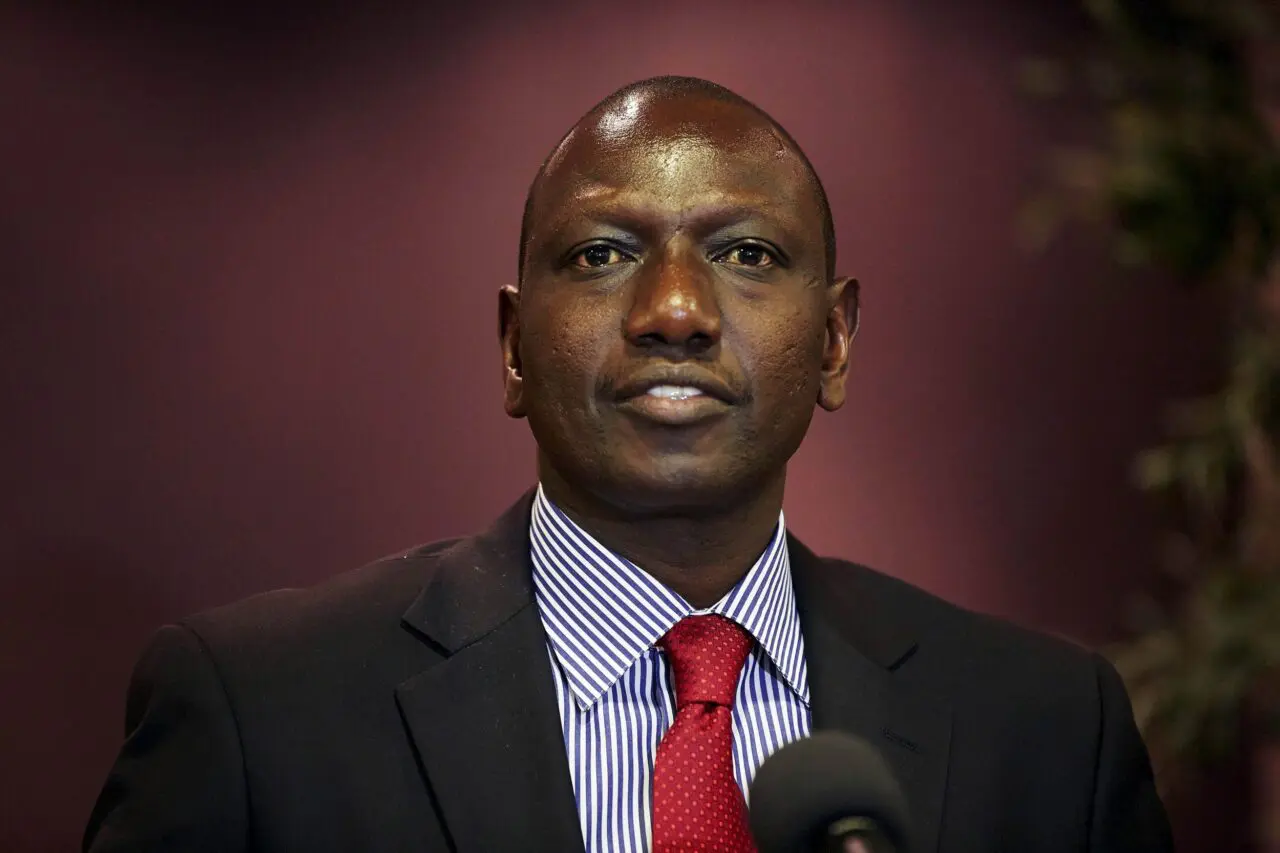The African Continental Free Trade Area (AfCFTA) has potential to increase cross-border remittances by migrants, according to a new report by World Bank, even as international markets remain the largest sources.
The AfCFTA has the potential to make cross-border transactions such as remittance transfers by migrants within Africa cheaper through the Pan-African Payment and Settlement System (PAPSS), the World Bank says. The new report comes as market projections indicate a possible slowdown in the growth of remittances to Sub-Saharan Africa that are expected to fall from 6.1% in 2022 to 1.3% in 2023 but recover again in 2024. Risks to the outlook include capital outflows, measures to control foreign exchange and sanctions, World Bank notes. According to World Remit, a digital cross-border remittance company, growth in remittance flows is expected to recover to 3.7% next year, with Nigeria, Ghana, Kenya and Zimbabwe among the biggest recipients in in the Sub-Sahara Africa.
In Kenya, remittances are mostly used to finance education, healthcare and household, an analysis by WorldRemit indicates. Remittances from Kenya’s diaspora are now the largest foreign exchange earner for the East African country, out performing major exports such as tea, coffee and horticulture. Meanwhile, remittances to Nigeria, accounting for around 38% of total remittance inflows to the region, increased by 3.3% to $20.1 billion. WorldRemit, however, remains optimistic that inflows to Kenya and other regions will remain stable with a possible increase as the December festive season approaches, especially in a period where the cost of living remains high.


